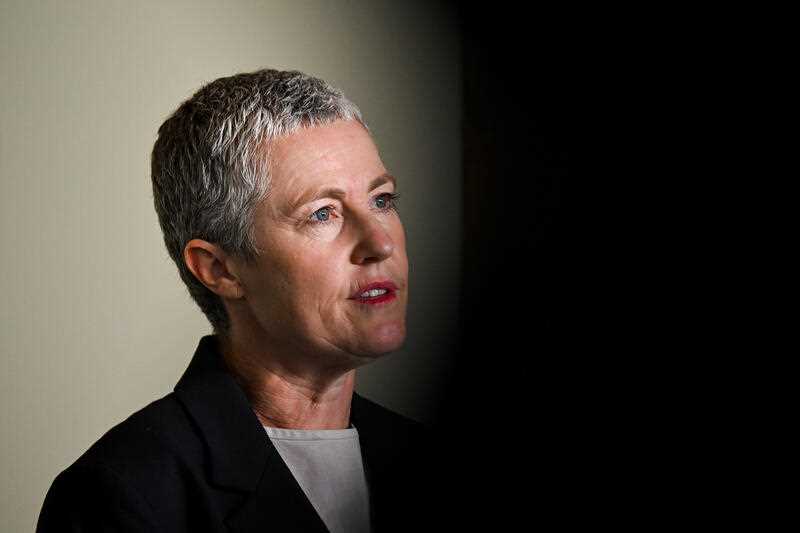The latest Census data reveals 387 children were sleeping rough on Census night in 2021, as the overall number of people experiencing homelessness surged by five per cent.
Kate Colvin, CEO of Homelessness Australia, said the figures were a sobering reminder of the growing threat of housing stress and the need to grow homelessness support capacity to respond to growing community need.
“Australia is in the midst of its worst housing crisis in living memory. We have women and children fleeing violence and becoming trapped in homelessness.
As one of the world’s wealthiest nations it is inconceivable that children are sleeping rough.
“We can and must do better,” Ms Colvin said.
The Census data confounds stereotypes of homelessness. It finds 56 per cent of people experiencing homelessness were women and children, 16 per cent were over 55, and 14 per cent are young people aged 19-24.
According to the Census data, Tasmania suffered the worst percentage increase in homelessness, increasing 45 per cent. While the Northern Territory recorded a percentage decline, its overall incidence of homelessness remained stubbornly high, accounting for more than 10 per cent of the national homelessness population.
“These statistics are alarming but they need to do more than shock. They need to galvanise action,” Ms Colvin said.
“Australia needs a three-pronged approach strategy to end homelessness, starting with providing people with the homelessness support they need to have a genuine path out of homelessness.
“Instead of increasing investment, homelessness services are facing a funding cliff, with up to $65 million in federally funded homelessness support funding not confirmed beyond June 2023. Without this funding, homelessness services will have to reduce support capacity by more than 600 front line workers.
“People also need adequate income to pay for rising rents. Current levels of income support payments such as Commonwealth Rent Assistance are woefully inadequate. In the midst of our worst ever housing crisis, this payment needs to increase by 50 per cent and Jobseeker and Youth Allowance need to increase to at least $76 a day.
“An ongoing commitment to expand social housing by at least 25,000 homes a year would also provide more people on low and modest incomes with the stable, secure housing they need.”



